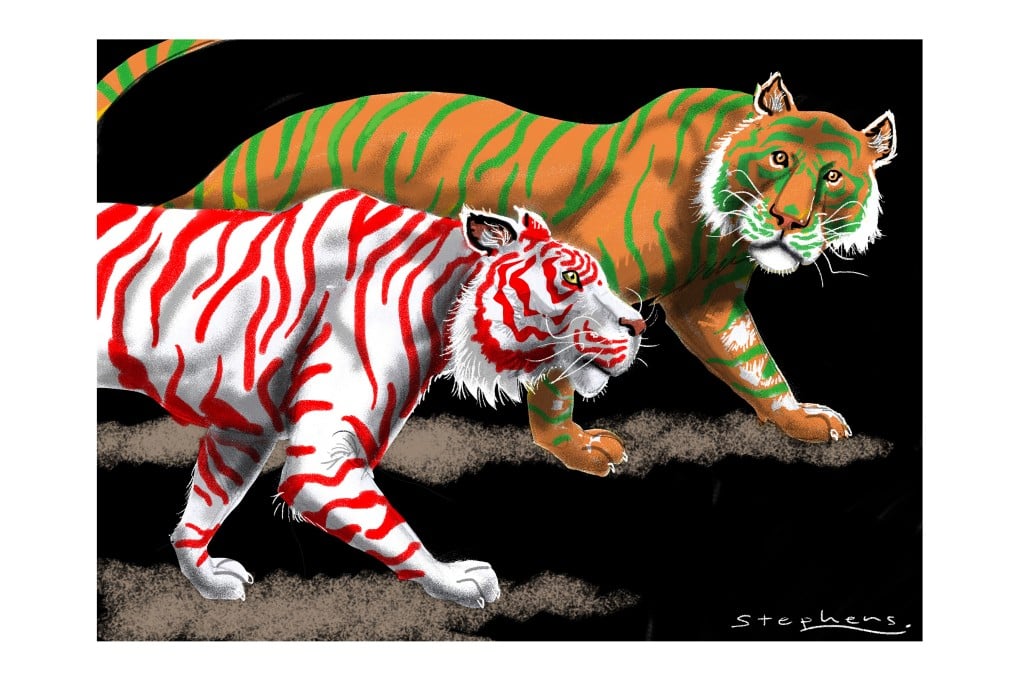India and Indonesia are two of a kind
Pallavi Aiyar and Tan Chin Hwee say while 'Chindia' is seen as an obvious growth engine, Indonesia and India are a more relevant matchup to fuel the global economy

The discourse on Asia's "rise" is dominated by China and India, countries whose vast populations and buoyant economies have captured the imagination of international investors, journalists and policy analysts. "Chindia"-scented rhetoric abounds with catchphrases that state the obvious, but whose import is less so. China has the hardware, India the software; India needs China's roads, China could do with India's political inclusiveness. Given how fundamentally different India and China are, though, such "lessons learnt" are of limited value.
The more relevant comparison in Asia - and one with enormous implications for the global economy - is between India and its civilisational sibling, Indonesia. These two eclectic democracies share more in common than India and China, yet they are rarely hyphenated. Last year's elections saw the elevation of a new breed of popular leader in both countries. Narendra Modi, whose family ran a tea stall, has risen from near the bottom of India's caste and class hierarchies. Joko Widodo is from a similarly underprivileged background.
While China's per capita GDP in 2013, adjusted for purchasing power parity, was US$9,600, the equivalent for India was a mere US$4,000, putting it closer to Indonesia's US$5,200. China's investment in fixed capital in 2013 accounted for 46 per cent of its GDP, compared to only 30 per cent in India, a figure again more comparable to Indonesia's 33 per cent.
On parameters of human development, from sanitation to malnutrition, India and Indonesia are closer to each other than to China. A list of the most fundamental challenges confronting India today could just as well be Indonesia's. On the economic front, they both need to boost manufacturing competiveness to create the millions of jobs required to ensure their young and growing populations become a demographic dividend. Both have governments tasked with attracting foreign investment and fixing creaky infrastructure, even as they assuage protectionist lobbies and battle entrenched corruption. Weak governance plagues both.
" Bhinekka Tinggal Ika" (multiple but one), the Indonesian national motto, is in essence identical to the Indian catch phrase of "unity in diversity," and underscores their comparable accomplishments in having managed to sustain national identities in societies fractured along ethnic and religious lines.
China, with its one official language (India has 23), standardised written script, one major ethnic group, and political tendency (both past and present) towards imposing uniformity, is also a more homogenous nation in ethnic and religious terms than India or Indonesia.